Nature never fails to surprise us with its incredible diversity—not just in species, but also in color.
Among the most fascinating sights in the animal kingdom are creatures that exist in both black and white varieties. These color differences can be due to genetics, environment, or even rare conditions like albinism or melanism. Sometimes the variation helps them survive. Other times, it just makes them stand out. Either way, animals with both black and white forms capture our imagination.
In this article, we’ll explore a range of animals that come in both black and white versions, from household pets to wild creatures, and unpack the science—and wonder—behind their coloration.
1. Cats – The Colorful Personalities
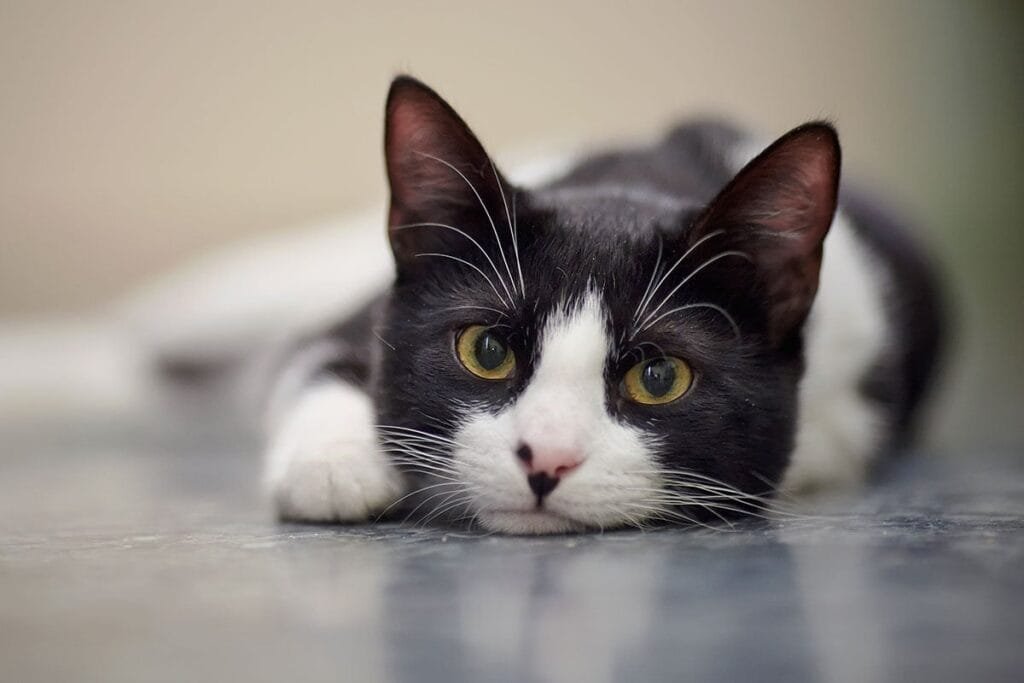
Let’s start with one of the most familiar animals: the domestic cat. Cats come in an incredible variety of colors, including both pure black and pure white. Black cats are often associated with superstition, especially in Western cultures. Despite the myths, black cats are affectionate and sleek, and in some cultures, they’re actually seen as good luck.
On the other side, white cats—especially those with blue eyes—often carry a unique elegance. However, white cats with blue eyes are also more prone to congenital deafness, a quirk of their genetic makeup.
Interestingly, both black and white coats can be influenced by a cat’s breed and gene pool. Some breeds like the Turkish Angora or Persian cat have striking white varieties, while breeds like the Bombay cat are known for their deep, glossy black coats.
2. Horses – Shades of Strength
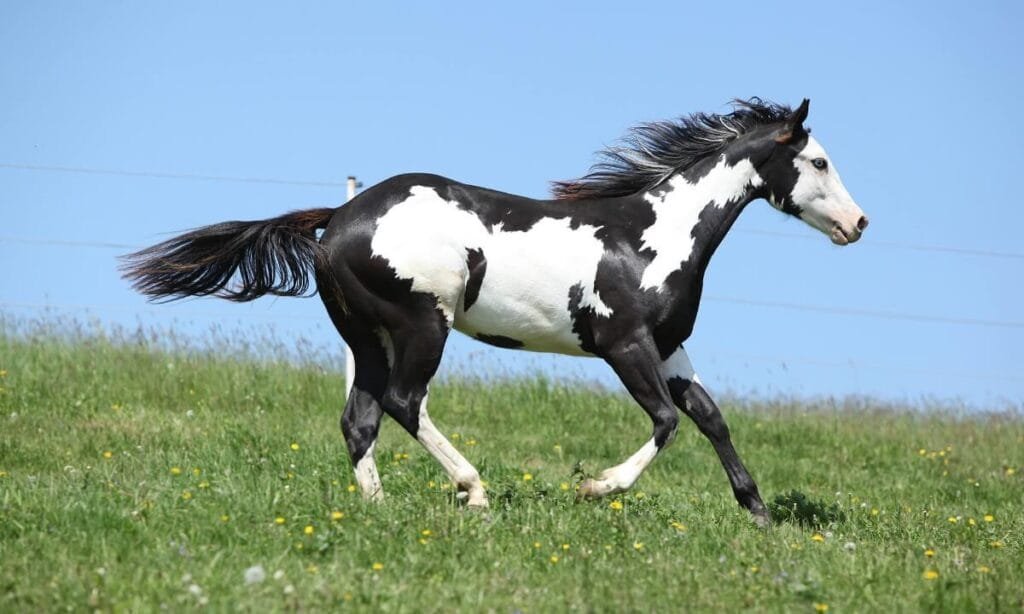
Horses are another species that show a stunning contrast between black and white varieties. The black horse is often romanticized in films and literature—mysterious, strong, and powerful. Meanwhile, white horses are symbols of purity, nobility, and mythology. (Though technically, most “white” horses are actually light gray with white coats.)
In horse breeds, true black coloration is relatively rare and requires both parents to pass on the recessive black gene. The same goes for white, though white can also be the result of the dominant white gene, which overrides other colors.
In some cultures, black and white horses represent duality—strength and gentleness, day and night, life and mystery.
3. Squirrels – City Surprises
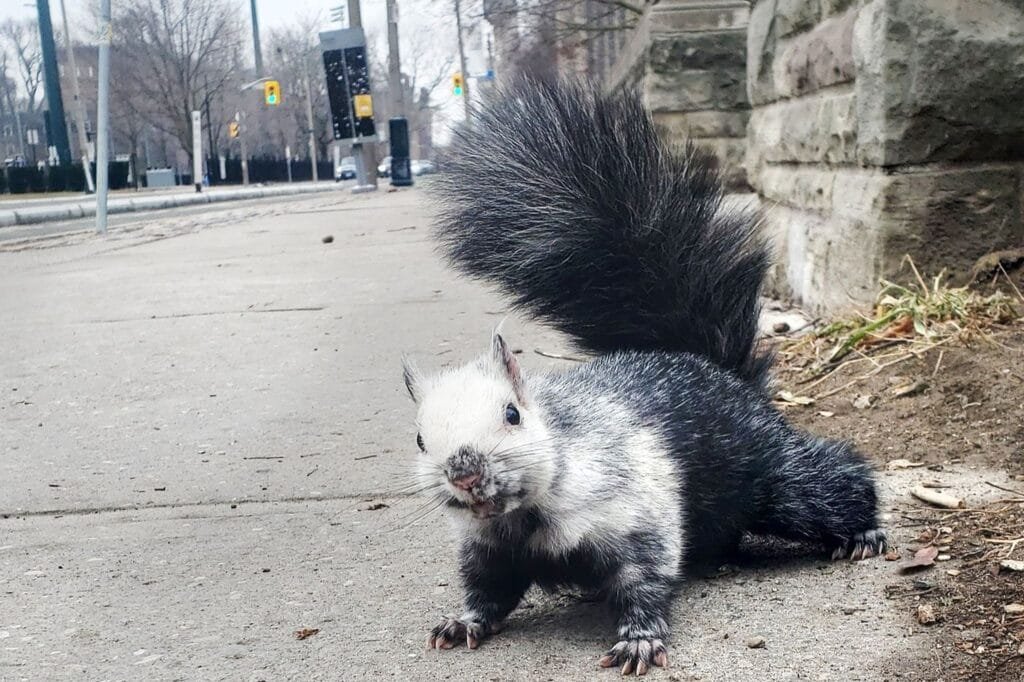
If you’ve ever seen a white squirrel, you know how rare and delightful it feels. But they do exist. Most commonly, white squirrels are either albino (completely white with red eyes) or leucistic (white with normal-colored eyes). On the flip side, black squirrels are more common in some parts of North America, especially in the northeastern U.S. and parts of Canada.
Black squirrels are actually a melanistic version of the eastern gray squirrel. They have more melanin in their skin and fur, which gives them their dark coloring. White squirrels, meanwhile, are often local curiosities and sometimes become town mascots or tourist attractions.
4. Swans – Grace in Opposites
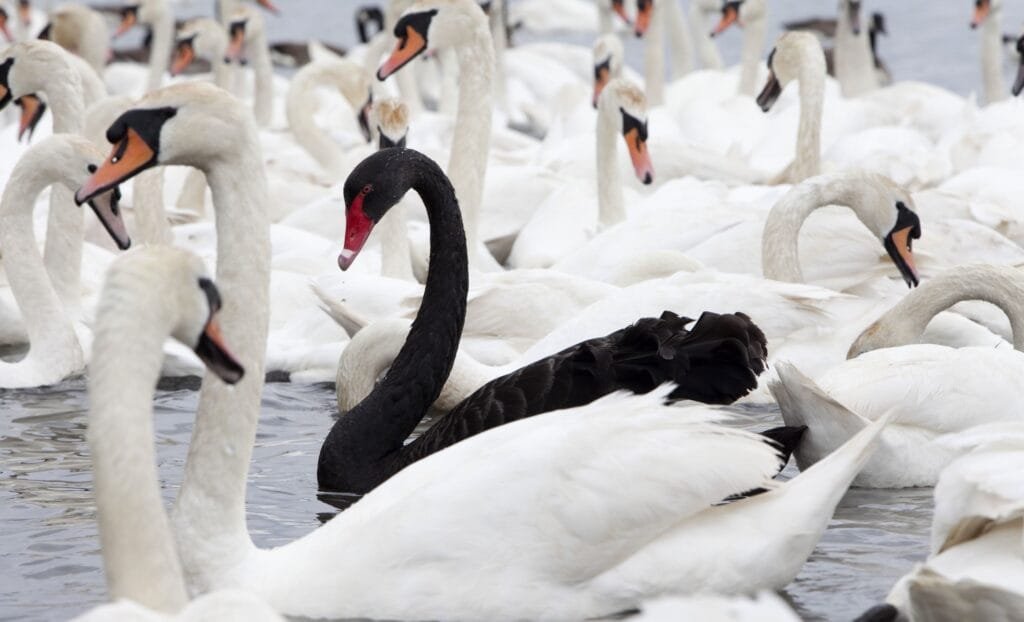
Swans are typically seen as symbols of beauty and elegance—and they come in both white and black. White swans, like the Mute Swan, are commonly found across Europe and North America. They glide across lakes with a kind of regal calm.
Then there’s the Black Swan, native to Australia. Black Swans were once thought to be mythical until explorers discovered them in the southern hemisphere. Their elegant dark feathers contrast with a striking red bill, creating a dramatic and beautiful appearance.
The existence of black swans even gave rise to the term “Black Swan Event” in economics—something rare and unpredictable.
5. Bears – Spirit and Shadow
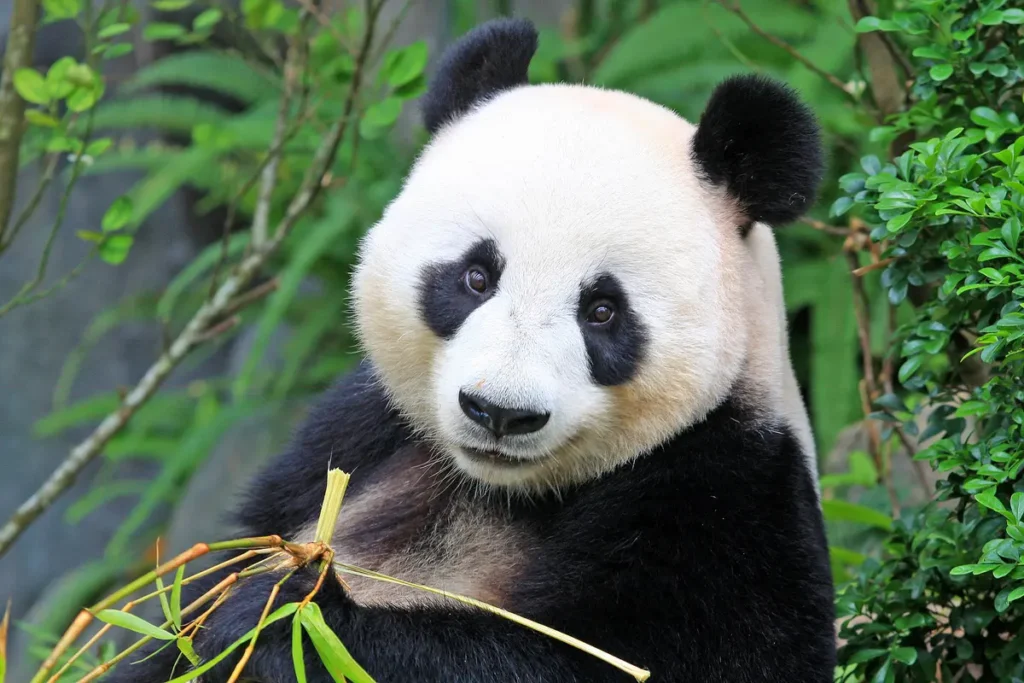
While polar bears are known for their white fur adapted for Arctic survival, black bears are widespread across North America. Interestingly, despite their name, American black bears can come in many colors, including cinnamon, brown, and even white.
In British Columbia, there’s a rare white variant of the black bear known as the Kermode bear or “Spirit Bear.” These bears aren’t albino—they have a unique genetic trait that gives them creamy white fur. Spirit bears are considered sacred by Indigenous peoples in the region and are protected by conservation efforts.
This striking difference in fur color is a reminder that nature doesn’t always follow a pattern—and sometimes, what seems unusual is simply nature doing its thing.
6. Snakes – The Yin and Yang
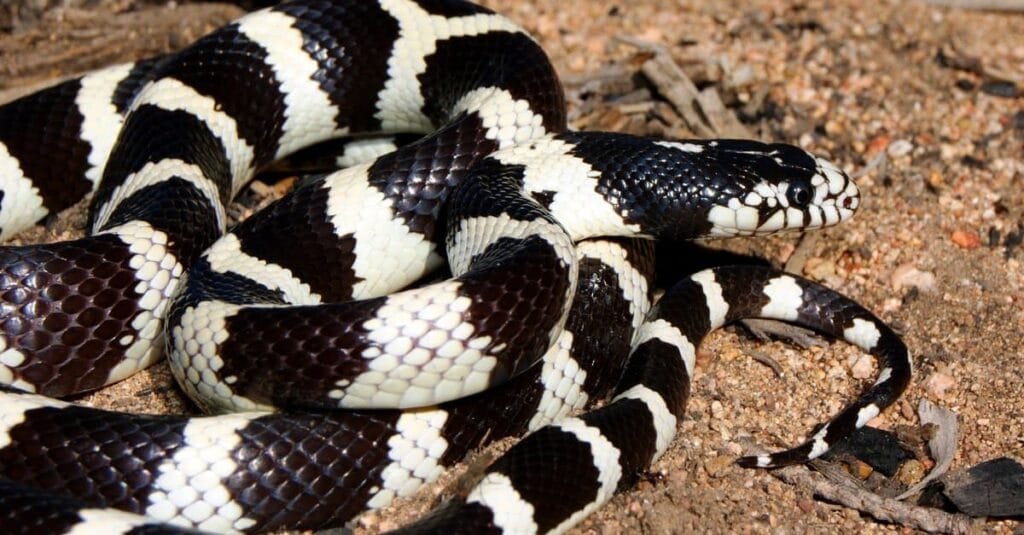
Many snake species come in a range of colors, but some stand out for their black and white varieties. Take the ball python, a popular pet reptile. Through selective breeding, breeders have developed both albino (white and yellow) and melanistic (completely black) morphs. These exotic colorations make them highly sought-after.
In the wild, coloration plays a critical role in camouflage or warning. Some white snakes may struggle in the wild due to visibility to predators, while darker ones can use their color to blend into shadowy environments or absorb more heat.
7. Rabbits – Fluffy Contrasts
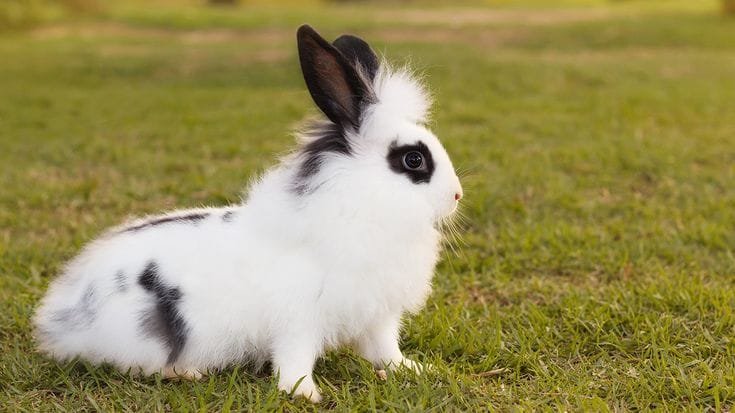
Rabbits are another species with beautiful color variety. Domesticated rabbits can be jet black, snow white, or even patterned with spots and patches. White rabbits, particularly albino ones with red or pink eyes, have a magical association thanks to folklore and stories like Alice in Wonderland.
Meanwhile, black rabbits often have shiny, velvety fur and are just as gentle and cuddly. Breeds like the Mini Rex, Havana, and New Zealand come in both black and white varieties.
Final Thoughts
Animals that come in both white and black varieties offer a beautiful contrast that goes beyond simple appearance. Their coloration tells stories—of genetics, adaptation, evolution, and even culture. Whether it’s a white squirrel peeking through the trees, a black cat curled on your couch, or a swan gliding silently across a lake, these color variations make the animal world even more fascinating.
Sometimes they blend in. Sometimes they stand out. But in all cases, they remind us of nature’s endless creativity.

